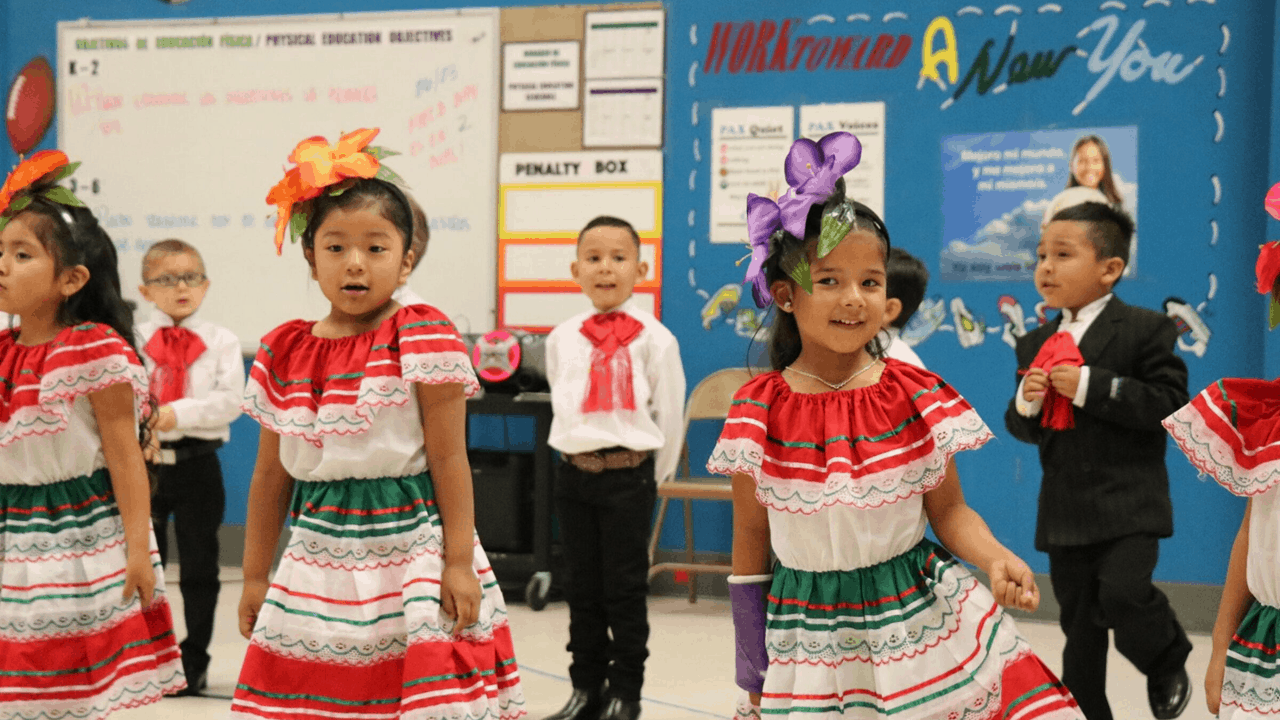Forest Grove is one of two districts selected to participate in Early School Success, Children’s Institute’s newest initiative connecting preschool and elementary school instruction.

Using federal funds, we had offered full day kindergarten for several years. However, we struggled to meet the challenge of “school readiness” even with a full day program. When we began our preschool program, we thought it would be an academic boost for our students. What we quickly learned was that we had the entire idea of what “school readiness” really entails all wrong!
For example, two years ago we had a student in our preschool program we could not figure out. He displayed behaviors that were explosive at times. His disposition would switch quickly and with little warning he would have huge blow outs that none of us could explain. After exhausting all the reasons that we could think of, I thought we would have to chalk it up to parents that were spoiling their son. (I will add something here about poor parents! School systems always blame them when we can’t get it right.) Right before throwing in the towel, our district’s occupational therapist and behavior specialist agreed to observe him.
We learned that he wasn’t a spoiled little boy. He displayed behaviors consistent with sensory sensitivity and he was easily overwhelmed by input. His inability to filter the input led to his impulsivity. With the support of the occupational therapist and behavior specialist, we learned about the importance of multiple sensory breaks, and about deep pressure activities. We were also reminded that children do not come to school with the tools that are required for working with other children. We need to teach children how to be part of a group.
I know for a fact that had our first experience with this student been in kindergarten, we would have had him referred to our special education program. He is now thriving in first grade and was recently recognized as the student of the month in his classroom for being “polite.” There was nothing wrong with him. We were the problem. Our lack of knowledge about how his 4-year-old brain worked was the problem. I think about him a lot and feel deep gratitude for the learning that took place while he was in our preschool. The greatest lesson was that one size does not fit all.
Over the past seven years we have begun to shift our thinking. We began our preschool by looking at K–12 and mapping backward from there. I want to reverse that. I want to take what works in preschool and look forward, to use what we learn from preschool to transform what happens in K–12. Why is the kindergarten and elementary school system not built to support students the way preschool does? I still care very much about academic outcomes. But I’m learning that if we can meet the needs of our students, beginning with their basic developmental needs, then academic success follows.
My goal is no longer to make a preschool program that fits into our current K–12 system. We need to change our system to fit with what we are learning from preschool experience. This is what Early School Success will help us do and I am so excited to see where it will take us.

After the professional development session, a 21-year veteran teacher said, “The training validated what I’ve often thought about young children. My only regret is that I didn’t get this professional development when I was a first-year teacher.”
Our school staff is energized and so am I! We are ready to learn more and to do things differently—in a way that nurtures and supports the natural development of our students. There is no magic wand for success in kindergarten and beyond. But with the help of Children’s Institute and Early School Success, I know we are on the cusp of transformational change.
Originally delivered as a speech at Children’s Institute’s “Advocacy in Action” dinner, October 10, 2019
